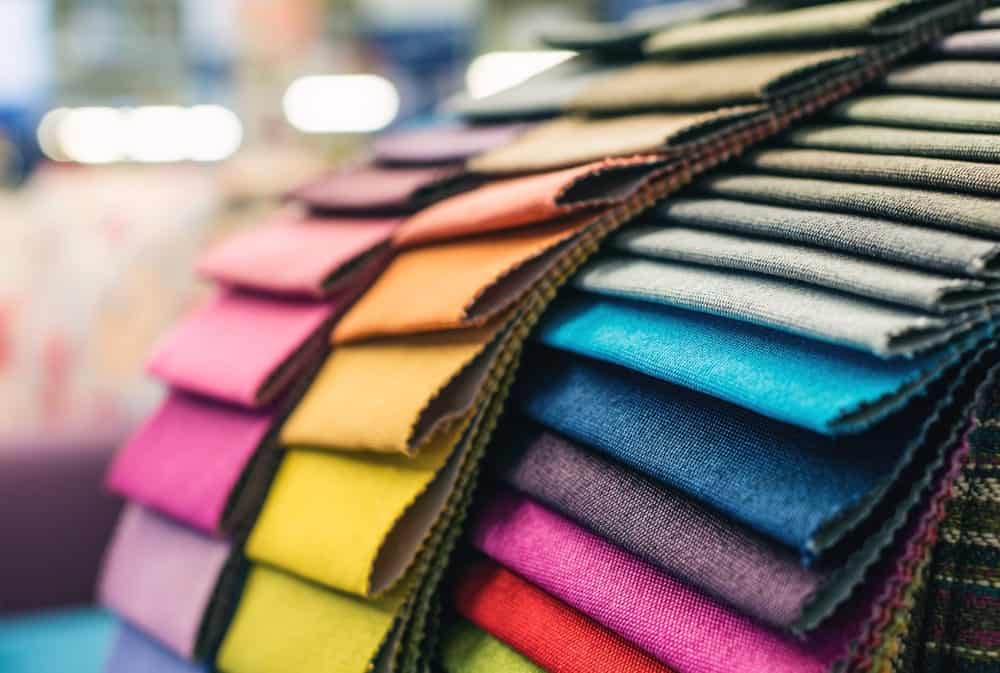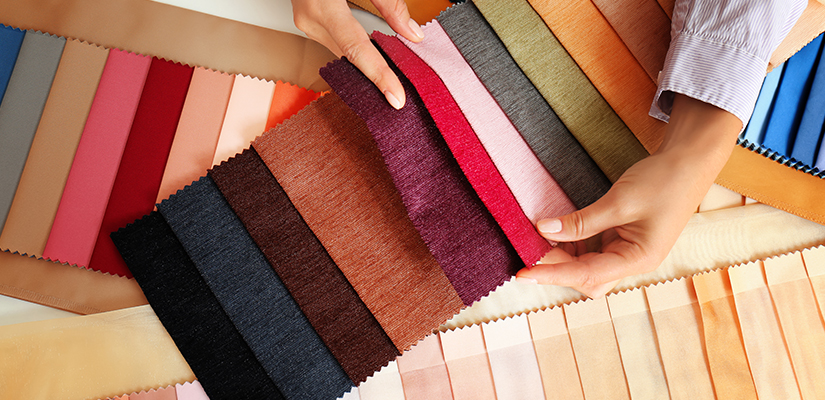Popular
-
 Stylish Smile Printed Hoodie
Stylish Smile Printed Hoodie
₹2,999.00Original price was: ₹2,999.00.₹599.00Current price is: ₹599.00. -
 Stylish Human Transformer Printed Hoodie
Stylish Human Transformer Printed Hoodie
₹2,999.00Original price was: ₹2,999.00.₹599.00Current price is: ₹599.00. -
 Stylish Scary Girl Printed Hoodie
Stylish Scary Girl Printed Hoodie
₹2,999.00Original price was: ₹2,999.00.₹599.00Current price is: ₹599.00. -
 Stylish Dark Moon Printed Hoodie
Stylish Dark Moon Printed Hoodie
₹2,999.00Original price was: ₹2,999.00.₹599.00Current price is: ₹599.00. -
 Art Stylish Printed Hoodie
Art Stylish Printed Hoodie
₹2,999.00Original price was: ₹2,999.00.₹599.00Current price is: ₹599.00.


Synthetic fabric is a type of textile made from artificial (man-made) fibers rather than natural sources like cotton or wool.
These fibers are typically derived from petroleum-based chemicals and processed through various manufacturing techniques to create fabrics with specific properties.
Common Types of Synthetic Fabric:
-
Polyester – Durable, wrinkle-resistant, and commonly used in clothing and home textiles.
-
Nylon – Strong, elastic, and often used in activewear, hosiery, and outdoor gear.
-
Acrylic – Soft and warm, resembling wool, often used in sweaters and blankets.
-
Spandex (Lycra, Elastane) – Extremely stretchable, used in sportswear and compression garments.
-
Rayon – A semi-synthetic made from cellulose, often blended with other fibers for a silk-like feel.
Advantages of Synthetic Fabric:
-
Durability – Resistant to wear and tear.
-
Water-resistant – Many synthetic fabrics repel water.
-
Wrinkle-resistant – Less prone to creasing.
-
Affordable – Often cheaper to produce than natural fabrics.
-
Lightweight – Good for activewear and travel.
Disadvantages of Synthetic Fabric:
-
Less Breathable – Can trap heat and moisture.
-
Not Eco-friendly – Derived from petroleum and can contribute to plastic waste.
-
May Cause Allergies – Some people experience skin irritation from synthetic fibers.
-
Melts Under Heat – Can be damaged by high temperatures.
Comparison Between Synthetic Fabric and Cotton
| Feature | Synthetic Fabrics | Cotton |
|---|---|---|
| Material Source | Man-made (petroleum-based chemicals) | Natural (cotton plant fibers) |
| Breathability | Less breathable, can trap heat | Highly breathable, allows air circulation |
| Moisture Absorption | Low; repels water (except rayon) | High; absorbs sweat and keeps skin cool |
| Comfort | Can feel artificial or less soft | Soft, comfortable, and gentle on skin |
| Durability | Very strong, resistant to wear and tear | Strong but can wear out over time |
| Wrinkle Resistance | Wrinkle-resistant | Wrinkles easily and needs ironing |
| Stretchability | Varies (e.g., spandex is highly stretchable) | Less stretchable unless blended |
| Maintenance | Easy to wash and dries quickly | Takes longer to dry, may shrink |
| Eco-Friendliness | Not biodegradable, contributes to plastic waste | Biodegradable and environmentally friendly |
| Heat Resistance | Can melt or burn at high temperatures | Can tolerate high heat, but may shrink |
| Cost | Generally cheaper to produce | Can be more expensive, especially organic cotton |
Which One to Choose?
-
For Comfort & Breathability → Cotton is better.
-
For Durability & Low Maintenance → Synthetic fabrics are better.
-
For Eco-Friendliness → Cotton is the more sustainable choice.
-
For Activewear & Outdoor Use → Synthetic fabrics are often preferred due to moisture-wicking and durability.
Written by FABRK
Best offers
Join Risk Free
7 days refund
100% Safe
Secure Shopping
24x7 Support
Online 24 hours
Best Offers
Grab Now
Every Location Shiping
On all order over
Store Updates


Leave a Reply